Meet Kate Ladenheim | Choreographer, Designer & Media Artist
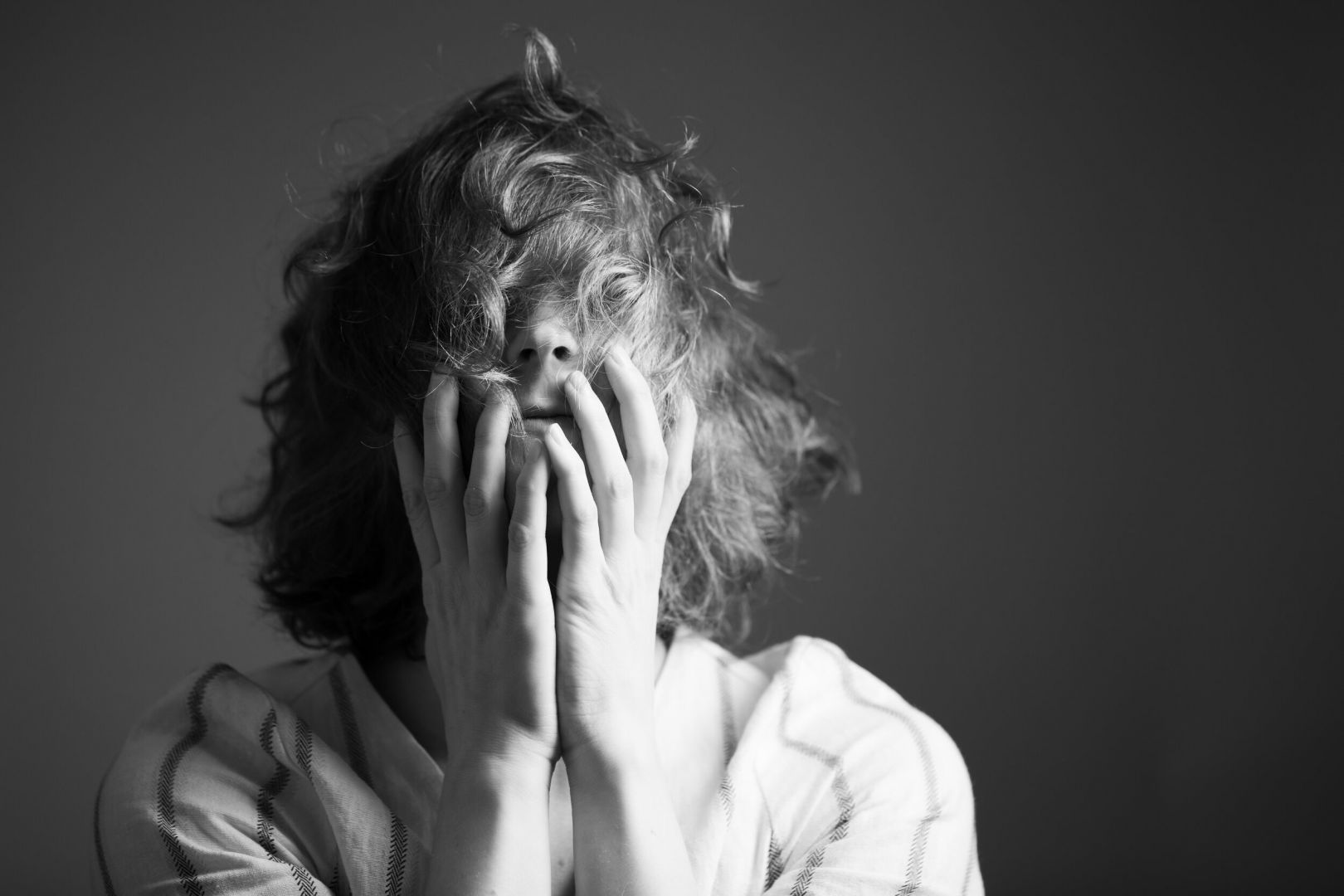
We had the good fortune of connecting with Kate Ladenheim and we’ve shared our conversation below.
Hi Kate, why did you pursue a creative career?
All careers are creative – the assertion that creativity is relegated only to artistic realms is a fallacy that I hope my work can push against. My career (and its many, many unexpected twists and turns) has encompassed performance, design, business administration, production and engineering. All of these require a high level of creative and technical skill.
I started off pursuing a career in classical and modern dance performance as a teenager. There were many reasons for this: it was beautiful, rigorous, and inspirational, it made me unique in the small town I grew up in, it was *fun* — but the physical and intellectual challenges that dance presented to me were really what kept me eager and interested in the long term. Dance in large part was about overcoming illusions of impossibility, which made me feel (and still, to this day, makes me feel) powerful, capable, and deeply fulfilled.
You’ll note that I’m not a classical performer, and never was. Like most, my interests changed and evolved from my teenage dreams. From a traditional conservatory background, I branched into choreographic projects that incorporated technology and interactive media, and ran my own dance company to this end for nearly a decade. We toured internationally and earned a smattering of residencies and awards. I supported these choreographic projects by performing in immersive theater and working as a self-taught graphic designer and web developer. Eventually, I worked to combine my interests in performance, design, and creative technology — at first with a residency at the Robotics, Automation, & Dance (RAD) Lab and then through graduate study in Media Design Practices at Art Center College of Design. I just finished my MFA, and I’m now pursuing work combining research, performance, technology and design.
Though each one of these tracks could be its own career, I still find myself attached to what drew me to dance in the first place: overcoming illusions of impossibility. Choreography requires design thinking and an arsenal of technical skill; technology and dance deal with the same performative contradictions between permanence and ephemerality; rigorous research is essential at all stages of the process… I could go on. That these tracks are distinct is purely an illusion, and I hope my work champions such interdisciplinary approaches.


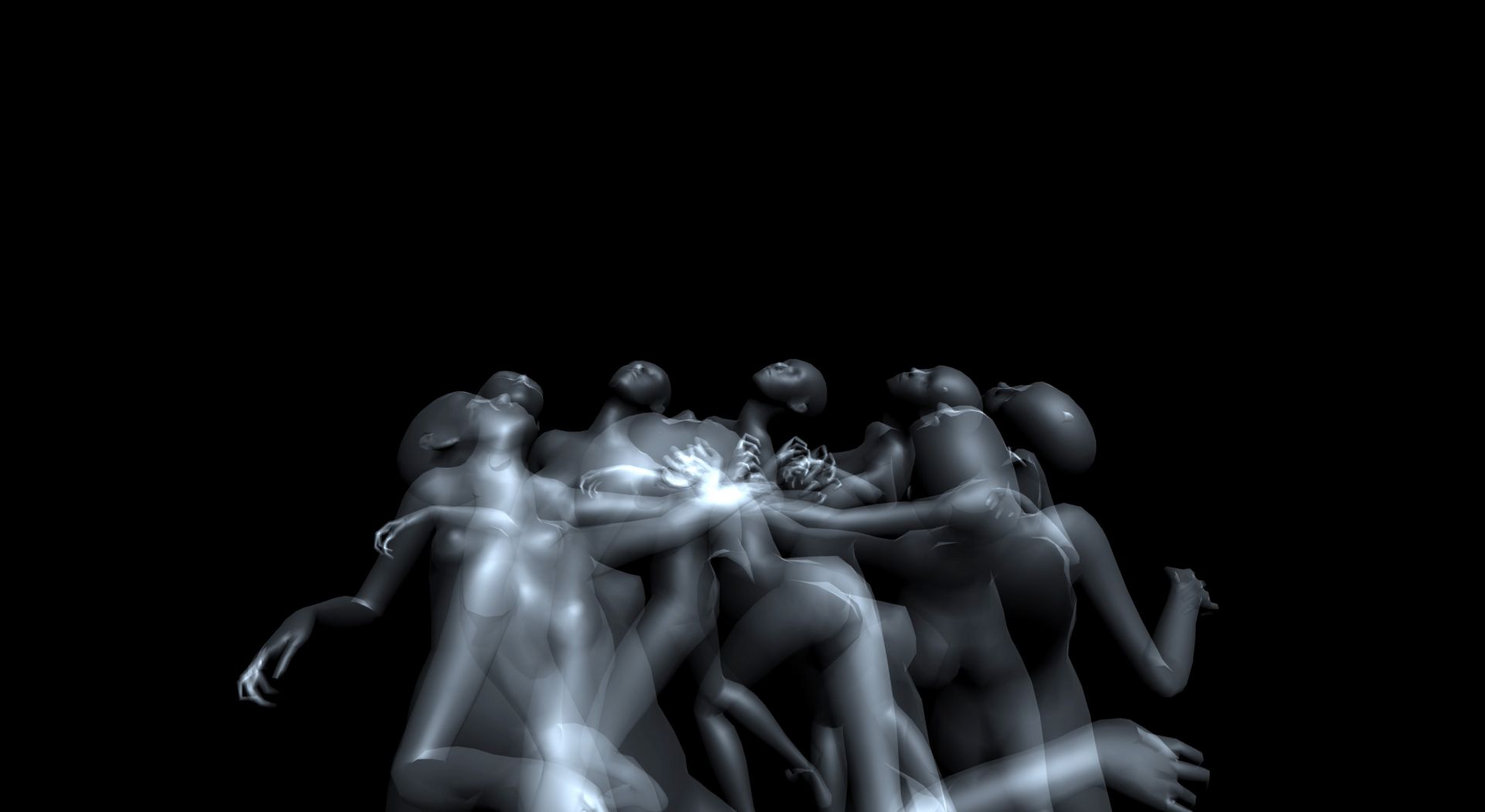
Let’s talk shop? Tell us more about your career, what can you share with our community?
As a choreographer, designer and media artist, my work centers bodies in motion and the social and technological systems they impact and are impacted by. My projects span performance, media design, writing, mixed reality, film, interactive installations, and creative robotics. To offer a few examples, I’ve made:
— installations that make audiences perform the motions of their own death to blow up an inflatable anti-monument
— a dystopian dance performance that activates wall-sized robotic angel wings
— a dance & film installation where audiences get their nails painted
— brutalist Unity simulations
— speculative sequels for video games where users build an army of dancing avatars
In all of these, embodied motion, interaction design, and technology work together as functional and expressive tools. I work to create interactive frameworks for individual experience, which are often large-scale and encompassing. I juxtapose elegant displays against challenging or inconvenient interactions, and in so doing, hope to make systems of social and technological pressure tangible and embodied.
Broadly, I’m proud of how my work insists on interdisciplinary approaches and high production value: I never want to present something that reads like a tech demo. Whatever technology I use is in service of what I want my work to communicate. This means I work with many different kinds of technology and collaborations.
A challenge in creating the kind of work that I do is in moving from creation (research, rehearsal, development) into presentation. Usually presenters, collaborators, curators, advisors, etc. are excited by the idea of interdisciplinary work. However, when they understand the full picture of what it takes to truly support it, they are daunted by facilitating such processes. A simple example to clarify what I mean here: a dance with a couple of performers and a few simple lighting and sound cues is much easier to produce than an interactive experience with robotic components requiring complex programming and on-site maintenance. I work really hard to overcome this at the outset of any opportunity with clear communication and and setting up expectations well — and also by offering to be more present during planning and production stages. However, a lot of presentation opportunities simply don’t have the means to support such complex processes. That can mean opportunities become particularly exhausting for me and my collaborators (as we end up doing a lot of the production lift ourselves), or simply that there are fewer opportunities and less elite recognition. There is no easy solution for this — just a call for more. More funding for complex projects, more appetite for interdisciplinary challenges, more support for artists and presenters alike.
If you had a friend visiting you, what are some of the local spots you’d want to take them around to?
LA is such a vibrant artistic city, and a lot of the greatest things I’ve seen have been impermanent exhibitions, so I would say any grand tour would incorporate some fully unpredictable and awesome independent shows.
I’d encourage any visitors to see or participate in something at NAVEL, Pieter Performance Space / The Box, Vellum LA, The Hammer and LACMA. Often FCCW and Human Resources have excellent work on view, Home LA & LA Performance Practice also have periodic events. All of these folks do great work and deserve your regular support.
Outside of the arty activities, I usually insist on making people eat a bajillion street tacos, come vintage shopping with me in Highland Park, and take a morning hike in Malibu before heading to the beach.
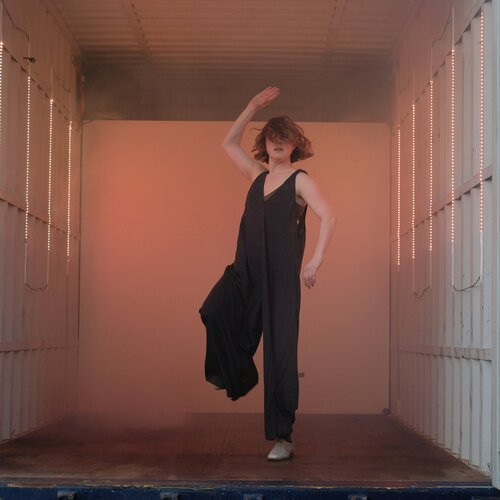
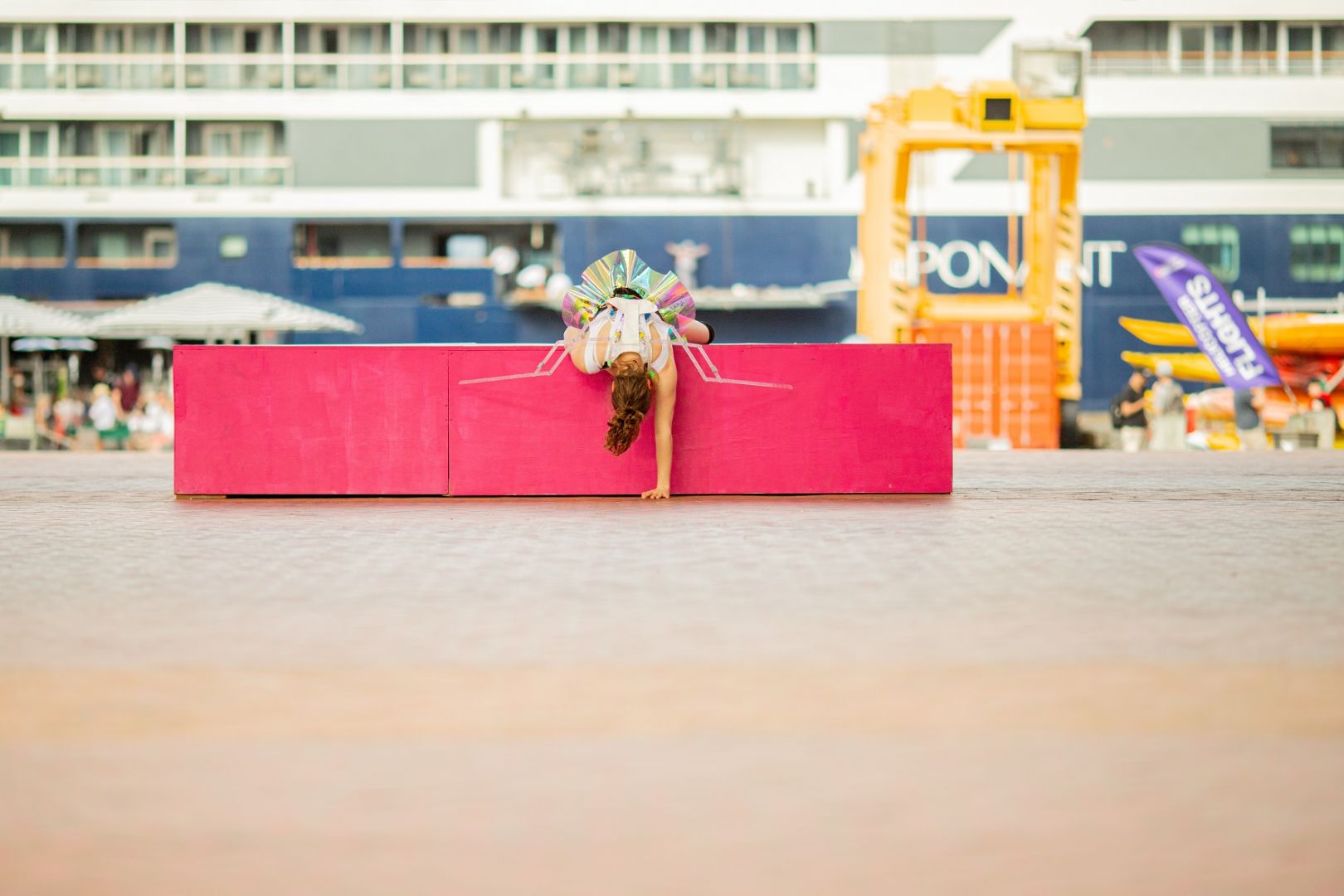
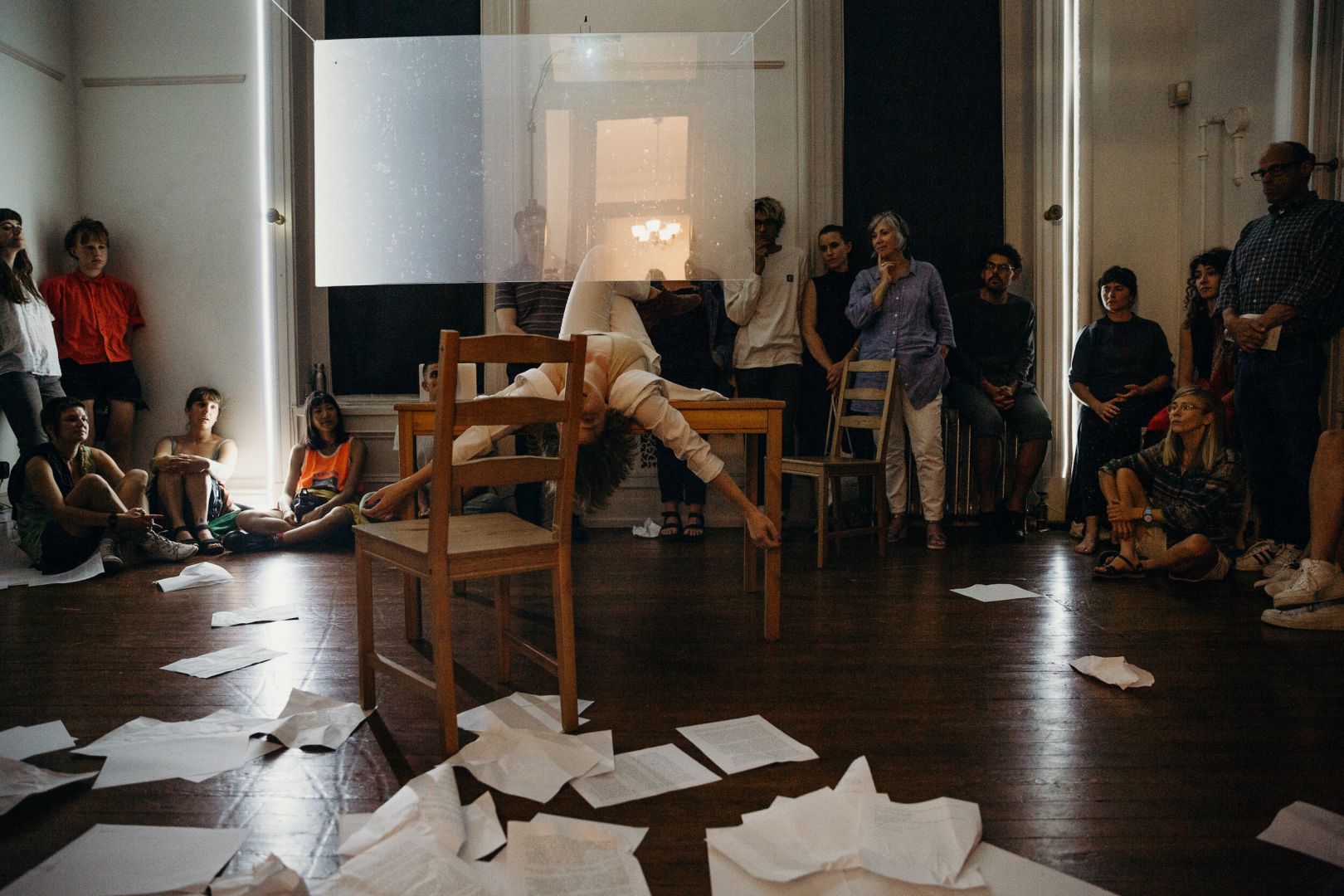
Who else deserves some credit and recognition?
I’ll dedicate my shoutout to the Robotics, Automation, & Dance (RAD) Lab, led by Amy LaViers. The RAD Lab is a group where artists and engineers work together as creative and technical peers. The lab, and particularly Amy, champion how a qualitative, subjective understanding our own moving, human bodies can transform the way we create and interact with artificial systems. Amy (and all of the Lab members I worked with and learned from) have transformed the way I approach interdisciplinary work, and the ways that I can envision bodies, media and machines interacting. I’m truly honored to continue learning with and alongside them.
Website: https://www.kateladenheim.com/
Instagram: https://www.instagram.com/kateladenheim/
Linkedin: https://www.linkedin.com/in/kateladenheim/
Twitter: https://twitter.com/kateladenheim
Image Credits
Headshot: Chelsea Robin Lee; Photo of dancer sprawled on table: Sarah Berman; Photo of dancer in shipping container filled with orange light: Jon Conly; Photo of dancer on pink platform: Ciao Silva; Remaining images by Kate Ladenheim
